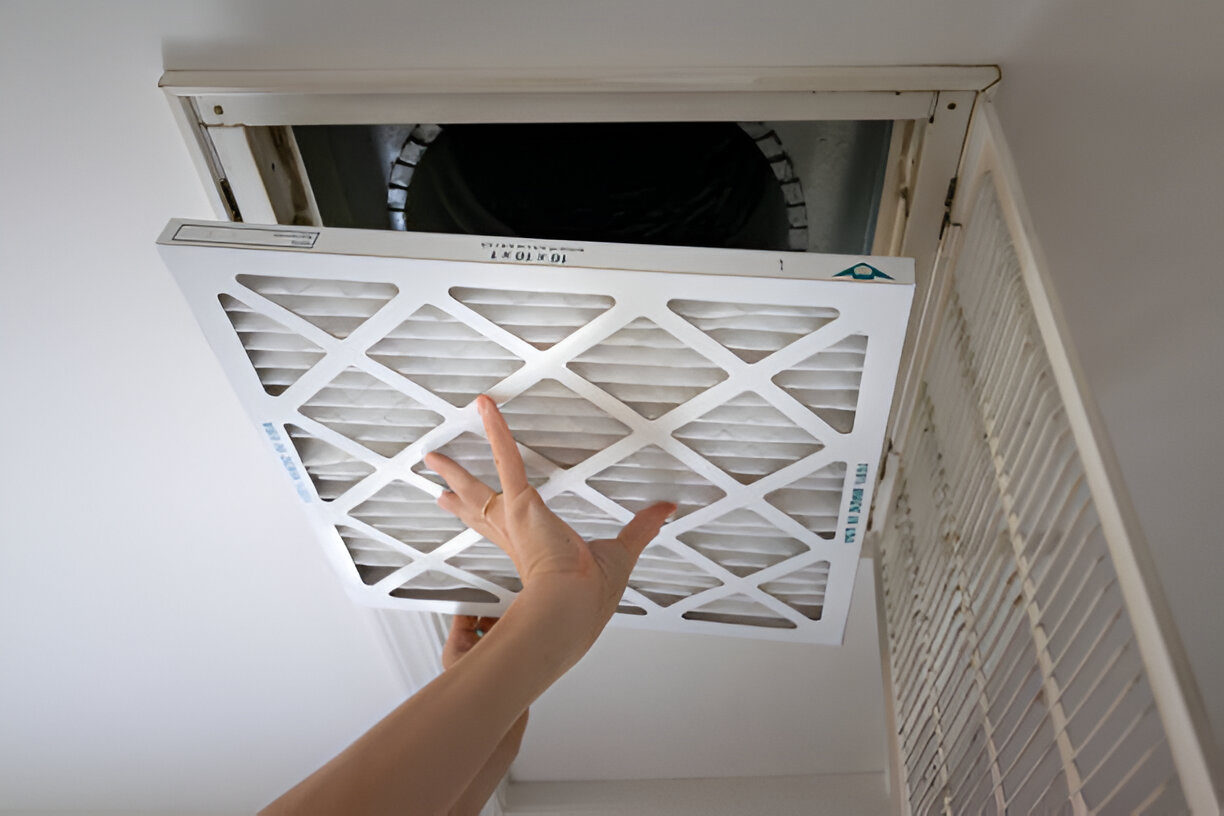HVAC Tune-up in Cave Creek, AZ
Keeping your cooling system tuned and ready is essential in Cave Creek, AZ, where long, hot summers and dusty monsoon seasons put heavy demands on HVAC equipment. A professional HVAC tune-up protects comfort, reduces energy use, and helps avoid emergency breakdowns when temperatures climb.

Why an HVAC tune-up matters in Cave Creek
Cave Creek experiences extended cooling seasons, frequent dust, and periodic monsoon humidity. Those conditions lead to:
- Heavier run-times for air conditioners and heat pumps
- Faster filter clogging from desert dust and pollen
- Condenser fouling from dirt and mineral deposits
- Increased risk of refrigerant leaks or electrical wear under high-demand conditions
Regular tune-ups catch small problems before they become system failures, restore efficiency, and extend equipment life—critical when your system is relied on daily during triple-digit heat.
Common HVAC problems in Cave Creek homes
- Reduced airflow from dirty filters or restricted ducts, causing uneven cooling and higher energy bills
- Dirty evaporator and condenser coils that lower heat transfer and cooling capacity
- Low refrigerant or slow leaks that reduce performance and strain compressors
- Worn electrical connections, failing capacitors, or motors that can cause intermittent operation or sudden failure
- Thermostat miscalibration leading to incorrect temperature control or short cycling
- Duct issues including animal intrusion, disconnected seams, or insulation loss that reduce efficiency
Comprehensive seasonal inspection checklist
A full HVAC tune-up typically includes the following checks and services:
- Filter replacement or inspection: Replace or recommend the correct MERV-rated filter for your home and family needs.
- Coil and condenser cleaning: Clean evaporator and condenser coils to restore proper heat exchange.
- Refrigerant level and leak checks: Verify refrigerant charge and use leak-detection methods to identify loss points.
- Airflow and duct inspection: Measure airflow, inspect accessible ductwork for leaks, debris, or disconnections, and check return vents.
- Electrical and safety component testing: Tighten connections, test capacitors, relays, contactors, and safety switches; measure motor amp draw.
- Blower and belt inspection: Clean and lubricate blower components, inspect belts for wear, and adjust as needed.
- Thermostat calibration and control checks: Verify thermostat accuracy and operation of all system modes.
- Condensate drain inspection and cleaning: Clear drain lines and pans to prevent backups and microbial growth.
- System performance verification: Measure temperature split and operating pressures to confirm manufacturer specifications.
- Written inspection report: Document findings, note recommended repairs with estimated priority, and list completed work.
How technicians diagnose issues (explained simply)
Technicians combine visual inspection with basic measurements to see how the system performs under load. They measure temperatures before and after coils, check electrical current to motors, assess refrigerant pressures, and listen for abnormal sounds. If a problem is found—such as a suspected leak or failing capacitor—the technician will explain why it matters, the impact on comfort and efficiency, and present repair options with priorities. Diagnostics focus on safety, reliability, and balancing repair cost against remaining equipment life.
Typical deliverables and expected service times
- Single-unit standard tune-up: generally 60 to 90 minutes. Includes filter change, coil/condensate checks, electrical testing, airflow spot-checks, thermostat calibration, and a written checklist.
- Multiple-unit or complex systems (zoned systems, ductless mini-splits, large heat pumps): 90 to 180 minutes, depending on system count and complexity.
- After-service documentation: a concise report listing work performed, readings taken, any parts replaced, and recommended follow-up items or repairs.
- Priority options: Many maintenance plans offer seasonal appointments, priority scheduling during heat waves, and waived diagnostic fees for plan members.
Benefits of regular tune-ups
- Improved efficiency: Clean coils and correct refrigerant levels reduce runtime and energy use.
- Lower energy bills: Properly tuned systems use less electricity, especially important given Cave Creek’s extended cooling season.
- Fewer breakdowns: Preventive maintenance catches early wear and avoids costly emergency repairs during peak demand.
- Extended equipment life: Routine lubrication, tightening, and cleaning reduce stress on components and delay replacement.
- Consistent comfort: Balanced airflow and calibrated thermostats eliminate hot and cold spots.
Maintenance plans, promotions, and financing options
Many homeowners choose an annual or biannual maintenance plan to lock in regular tune-ups and priority service. Typical plan features include:
- Two seasonal visits per year (spring cooling check and fall heating/inspection where applicable)
- Priority/after-hours scheduling during peak seasons
- Discounts on repairs and parts for plan members
- Service reminders and inspection reports for each visit
Promotions are commonly offered seasonally for first-time tune-ups or multi-unit discounts. Financing options are also available through consumer lenders for larger repairs or system replacements, allowing qualified homeowners to spread the cost over time with manageable monthly payments.
Licensing, warranties, and service coverage
Professional tune-ups should be performed by licensed, insured HVAC technicians who follow manufacturer-recommended procedures. Proper documentation of work helps preserve manufacturer warranties on equipment. Service providers operating in Cave Creek typically cover nearby communities across the northeast valley and offer same-day or next-day service during high-demand periods. Verify that any parts installed are backed by manufacturer warranties and that labor warranties are provided for replaced components.
Routine maintenance tips for Cave Creek homeowners
- Replace or check filters monthly during peak dust seasons and at least every 90 days otherwise.
- Schedule a professional tune-up before the hot season begins and again after the worst of monsoon dust or storms.
- Keep outside condenser units clear of debris, yard waste, and landscaping to maintain airflow.
- Use programmable thermostats or zoning to reduce unnecessary run time while maintaining comfort.
A properly performed HVAC tune-up in Cave Creek provides measurable comfort and cost benefits, reduces the risk of summer failures, and protects a major household investment. Regular maintenance tailored to local climate conditions is the most effective way to ensure reliable, efficient cooling year after year.
Customer Testimonials
Hear directly from our customers about the quality, honesty, and care we bring to every job.










